by Eric Meier
The most common test for testing wood hardness is known as the Janka hardness test. The actual number listed in the wood profile is the amount of pounds-force (lbf) or newtons (N) required to imbed a .444″ (11.28 mm) diameter steel ball into the wood to half the ball’s diameter.

While most people would be looking for the hardest wood, just out of curiosity, here’s a list of the ten softest woods on the site. Keep in mind that five out of these ten woods (including the three softest) are considered hardwoods. This just goes to show that the terms hardwood and softwood merely refer to the botanical classification of the trees as either conifers (softwoods) or angiosperms (hardwoods). There’s no guarantee that any given hardwood will actually be hard!
|
|
||
 |
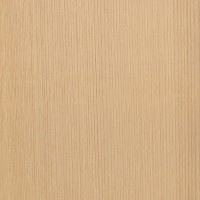 |
Western Red Cedar(Thuja plicata) 350 lbf (1,560 N)This softie is a common soundboard material on guitars, though it’s softness makes it a challenge to properly handle without denting or gouging it during construction. |
|
|
||
 |
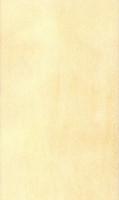 |
Black Cottonwood / Quaking Aspen(Populus tremuloides and P. trichocarpa) 350 lbf (1,560 N)These two woods are closely related and have the same Janka hardness values. Aspen is sometimes used for utility lumber. |
|
|
||
 |
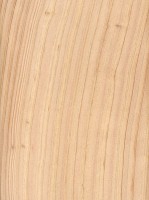 |
Atlantic White Cedar(Chamaecyparis thyoides) 350 lbf (1,560 N)Sometimes called Southern White Cedar to differentiate it from Northern White Cedar, which also happens to have the same Janka hardness value. |
|
|
||
 |
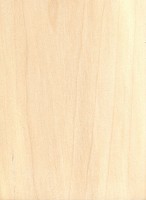 |
Yellow Buckeye(Aesculus octandra) 350 lbf (1,560 N)Lumber is sometimes used for utility wood, though burl sections are decorative and used for electric guitars and small specialty wood objects. |
|
|
||
 |
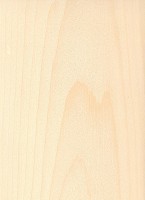 |
Subalpine Fir(Abies lasiocarpa) 350 lbf (1,560 N)Many species of Fir (Abeis genus) are soft, with Subalpine Fir being among the softest, second only to European Silver Fir. |
|
|
||
 |
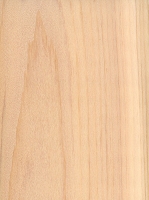 |
Northern White Cedar
|
|
|
||
 |
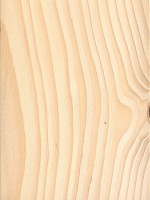 |
European Silver Fir(Abies alba) 320 lbf (1,420 N)Not only the softest of the Fir species (Abies genus), European Silver Fir is also among the softest of the softwoods. The remaining woods on this list are all hardwoods. |
|
|
||
 |
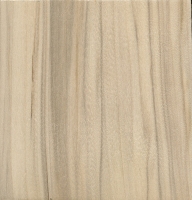 |
Balsam Poplar(Populus balsamifera) 300 lbf (1,330 N)Related to Cottonwood and Aspen, Balsam Poplar has a unique scent when green, though it dries to one of the lightest and softest of all woods. |
|
|
||
 |
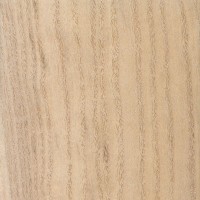 |
Paulownia(Paulownia spp.) 260 lbf (1,160 N)The other Balsa. Paulownia can be very light and soft, and is really the only other wood that at times can even approach Balsa’s lightness. Ironically, both are hardwoods. |
|
|
||
 |
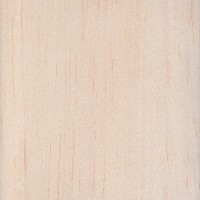 |
Balsa(Ochroma pyramidale) 90 lbf (390 N)It’s common knowledge, but Balsa is indeed the softest and lightest of all commercial woods. Nothing else even comes close. Useful for insulation, buoyancy, and other special applications. |
|
|
||
Note: A hardwood named Quipo (Cavanillesia platanifolia) is commonly reported as the softest known wood, with an alleged Janka hardness of 22 lbf (98 N). However, the wood is omitted from this list for two main reasons. First, it is virtually unobtainable and not commercially available outside of its natural range in Central/South America. Secondly, the purported hardness seems highly questionable, especially in light of the fact that Quipo seems to be very susceptible to rot, and on one USDA test, it was remarked that “the results for quipo may have been influenced by the presence of considerable decay.” Furthermore, when comparing Quipo with Balsa, it has been shown that the two woods are virtually identical in hardness, with the absolute lowest recorded Janka hardness values, in the range of 20-35 lbf (89-156 N), were actually from Balsa, and not Quipo.
See also:
Are you an aspiring wood nerd?
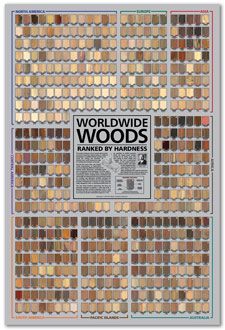




Question: Aren’t quipo trees poisonous? I lived in Panama for nineteen years. We had one quipo tree near Pedro Miguel with a sign posted on its trunk that read “poisonous.”
English is my second language. Many thanks for your accurate and wonderfully presented research! Although you think the information you presented above is a matter of curiosity for your readers,for me, the subject of “soft woods” is a matter of life-and-death! I am designing my coffin as a container for my corpse to be buried at the local cemetery at the section for “Natural Burials”. The purpose is to decompose everything organic: the quicker, the better, without disturbing the natural cycles of life. No embalming, no metals (nails or screws), no plastics, no artificial glues. I start now to find… Read more »
I am working on a piece of cottonwood. I have sanded all the apparent sawmarks out but it has a number of smaller short dark “streaks” in groups, not in same orientation of saw marks and going in different directions (as groups) but basically perpendicular to grain. I have tried to sand out but they are pretty deep… Do you know if this is a feature of cottonwood?